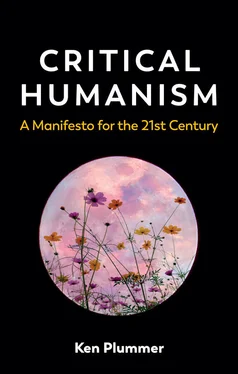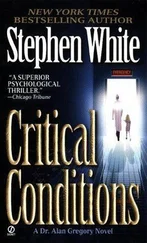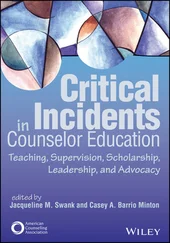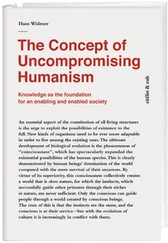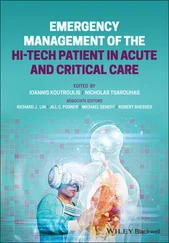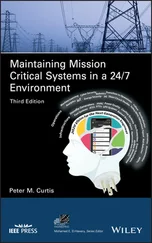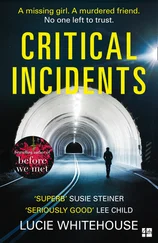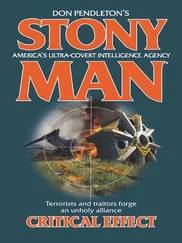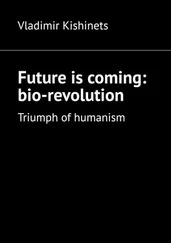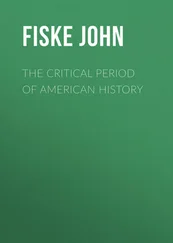The Call of Humanity: Only Connect
Only connect! That was the whole of her sermon. Only connect the prose and the passion, and both will be exalted, and human love will be seen at its height. Live in fragments no longer. 62
‘Only connect!’ This was E. M. Forster’s famous pronouncement in his novel Howards End. What does it mean? In current times the very word, ‘connect’, has been taken over by digitalism. We speak of the culture of connectivity to indicate a world of platforms and the coding of human life. 63Much contemporary writing talks about ‘connectivity’ being through digitalism and machines. But this, most emphatically, is not what Forster meant. And nor do I. I want to reclaim the word to talk about human life, not digital life. Surely, if there is one idea that connects us all, it is that of ‘humanity’. It can help us ‘live [our lives] in fragments no longer’. It helps us bring together our fragile animality and the wider worlds of interconnected ‘other people’, ‘other species’ and ‘other things’, dwelling in time, space and the cosmos. Over and over again in the worldwide concern about Covid-19, the idea of humanity was been evoked to ‘bring us together’ and to make us conscious of our interdependence in the world and planet. Not to hear humanity’s call to ‘come together’ presents us with a clear and present danger.
Critical humanism sensitizes us to humanity as a narrative that can help bring things together. We can find many and various ways of achieving this connectedness 64linking the personal and political, time and space, mind and body. To give one illustration: the influential sociologist C. W. Mills argues for an important connection between the personal and the public: we need to bridge personal sufferings (and inner life) and public problems (and outer structural social problems). While personal suffering (a Rohingya refugee or a racial attack, for example) is endured as an intensely subjective experience, often in isolation, it ultimately needs to be connected to a wider (historical) environment. (There are more than 900,000 Rohingya living in camps in southeast Bangladesh; the Black Lives Matter movement arose to show that race attacks by the police are not isolated incidents; and there is, in the USA, a 400-year-old history of deep racism.) 65
The connective spirals of humanity
A broad sense of connection can be depicted as a spiral of weaving and widening circles of a web of domain of life:
1 Bio-earth. We are intimately bound up with the bio-earth, the earthly commons, as a planetary ecological biological species. We are necessarily interconnected through our own bodies (and all their microbes) with all other things and forms of life on earth in time and space. As Homo sapiens, we bring our distinctively developed big brains, bipedal bodies, long postbirth dependency and upright postures to the grand march of animal life that has evolved over the earth’s millennia. We have become ‘the human species’, living around 200,000 years on Planet Earth, spanning something like 600 generations (see Chapter 5). Right now, we can count nearly 8 billion individual human animals on earth (estimated to reach 11,200 billion by 2100).66 Each of us may be uniquely individual; but we make up only about 0.01 per cent of life on the planet. And we have only been here for a very short time. We can never stand alone as a species, but live within a deep ecology encompassing the earth, other people, other life, things and the cosmos. There is a deep interdependence of all. It is dangerous to break this connection. As we will see, many of the problems we now face may well flow from the fact that we have in recent centuries been slowly breaking this bond with a wider universe of which we are an irrevocable part.
2 Existential human beings (persons). We are emergent, embodied creatures bridging inner agency with outer lives. Collectively, we are creatively engaged in symbolic human activities, self-reflexive and permanently unfinished. We are the vulnerable, biographical creatures of body, feeling and reflective consciousness. We are born, we suffer, we face ambivalence and contingency, and we die. We may even have an afterlife. And each life brings its own distinctively different and unique life story. Humanism then becomes its grounded project: to tell its story. Narratives are collectively developed with others, refined and distorted, persistently contested, and reshaped generation by generation. All the time, they pump meaning into life. We seem to be the only vulnerable life form on a fragile earth that is consciously aware of this. Suffering, and our responses to it, are key. A connecting humanity brings a major reflexivity and awareness to all these issues.
3 Interpersonal. We interact and relate to each other in families, friendships, networks. More: human life is intersubjective. People can never really be alone. We ‘do things together’, ‘living in the minds of others’, in ‘circles of others’ (see Chapter 3). Human ‘persons’ develop actions that are grounded in complex language and symbols, capable of engaging with a startling creativity: writing literature, composing music, engaging in Olympics, doing science, sending people to the moon. No other planetary life that we know of at present can quite do this. Humans are creative beings who connect to others in relationships.
4 Communal. We bond, sharing life together in a wide range of communities. We are the bonding group animal who lives with others in close social proximity (like many of our ancestors, especially apes); and we do this through bounded and bonded families, groups, communities and local social worlds. We clash and we cooperate; these bonds provide the direct canopies of meaning, sentiment and solidarity in our lives. We are the belonging animal. But the ability to connect with others in communities also brings the potential to not connect.67
5 Societal. We are the human life that flows through societies and their tribes, civilizations and nations. Our challenge is to create social institutions and practices that enable the flourishing of production and work (economy), reproduction and socialization (education, family, religion), communication (language and media) and security and welfare (governance). And through these we achieve practical things like food distribution, transportation, housing and good health, all interconnected with one another. We connect to each other through societies.
6 Cultural. We are the animal who weaves complex ‘ways of living’ – bringing values and stories – across the world. We are the linguistic, symbolic, manipulating, communicative, cultural animal. Ultimately, we are also the animal that creates symbolic cultures, ways of living, that are necessarily messy and murky. These bring issues of values and power relations. Establishing relations of symmetry and asymmetry, power expands or concentrates the degree of freedom and control exerted over lives. All life might be guided and shaped by certain rules; and many animals have a sort of sensitivity to other life. But only humans invent elaborate cultural frames of values; only they can develop ethical and normative orders organized through legal and power relations. Our cultures become sites of struggle over value and emancipation – of what it means to lead the good (or bad) life. We are elaborate linguistic animals capable of manipulating symbols in complex ways to produce historically based value systems. But cultures usually also have material foundations. We connect to others through these cultures.
7 Worldly. We are the animal that finds other tribes and creatures living on the earth. We look to become a worldly animal as humanity becomes globalized. We get to know these other strangers living in other parts of the world. A cosmopolitan attitude is in the making. We have to live with each other. There is life beyond the little world we live in.
Читать дальше
